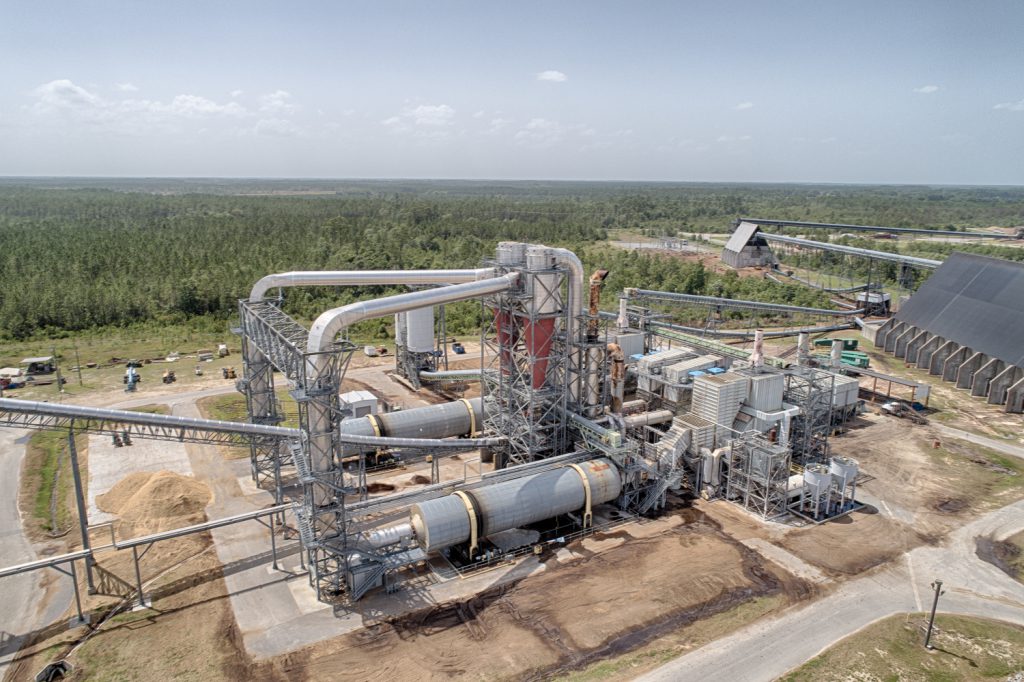Enviva Biomass revealed its second quarter financial results, which showed an increase in net sales over the previous three months. Four new client contracts were also revealed, and the firm also talked about the status of its ambitions to enhance production, Biomass Magazine reported.
“For the second quarter of 2022, Enviva delivered results at the top end of our expectations, and I’m pleased to report that many of the short-term challenges we experienced in the first half of the year are proving either transitory or manageable over time,” said Enviva Biomass CEO and chairman John Keppler.
According to Keppler, the company is contracting at an unprecedented rate, financing the acceleration of its capacity expansions. This is due to “the sheer volume and size of market opportunities with high-quality counterparties across a range of use cases,” from the production of renewable energy to the displacement of carbon-based products from fossil fuels in hard-to-abate industries.
Enviva Biomass has started building its factory in Epes, Alabama, and the business is moving quickly to start building a second unit in Bond, Mississippi. The company just applied for a license to expand its Ahoskie, North Carolina, factory in a highly profitable way.
The business anticipates adjusted EBITDA to expand at a compound annual growth rate of approximately 25% from 2022 to 2024 due to the projected increase in production volume and the favorable biomass price environment.
Enviva Biomass is in a great position to carry on with our history of providing high returns for its investors, even in a situation when there is a possibility of economic recession, thanks to this outstanding, completely contracted growth profile and the robust, consistent dividend the company is paying, Keppler said.
On a recast and non-recast basis, the second quarter of 2022’s net revenue increased to $293.3 million from the first quarter’s $286 million and the second quarter’s $285 million, respectively. Increased average per-ton sales prices were the main factor in the growth. The firm said that the two shipments that were moved from June to July resulted in lower-than-average completed product inventories at the end of the quarter and dampened second-quarter net sales.

